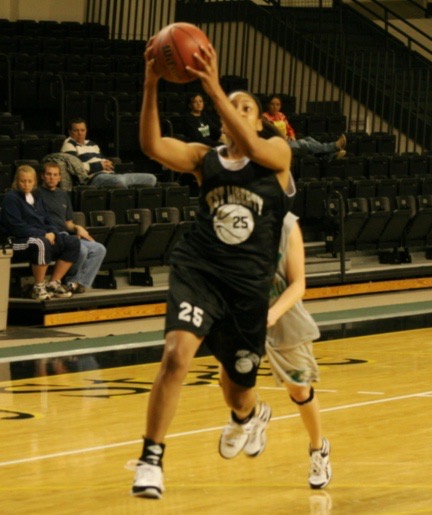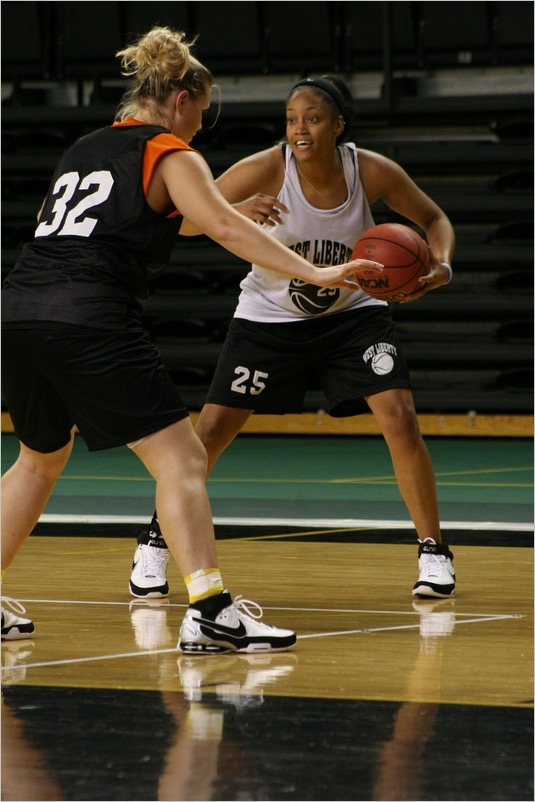
To: The Female Hooper
Let’s talk about sports injuries, especially those among female athletes. Why? Because I’m a female athlete and that’s just what I want to do.
Tons of factors go into why women have such a higher prevalence for injuries including anatomical differences, joint laxity, bone structures, limb alignment and even certain phases of menstruation… amongst other influences.
I remember being young, playing AAU and watching women ballers at all levels (HS, College, Pro’s, and even AAU) suffering ACL tears at alarming rates. I recall being 14 and seeking guidance from one of my AAU coaches on how NOT to tear my ACL. I was so afraid of this happening to me, and the fact that I didn’t really know who to consult or where to go to educate myself was even more terrifying.
I’ve wanted to play college ball since I was 9, and I thought for sure if I tore my ACL in high school that would be the end of that dream. On one hand my old coach gave me some fairly good advice but in hindsight it was not enough. As a Sports Physical Therapist today I realized I was not doing enough to prevent that injury that haunted my basketball career.
I’d say I got pretty lucky in that I was able to play from the age of 9 all the way through 4 years at the NCAA level without an ACL injury… Thank you Lawd! But not all girls are that lucky. I played in college with a girl who tore the same ACL twice, yes, I said TWICE. She eventually ended up retiring herself from the sport and moving on.
So why is this such a scary encounter that we as women have to consider prior to basketball season starting back up? I will admit this, with the increasing sports injury prevention research and acknowledgment of how important what you do in the off-season is, injuries have not been major factors in the back of athlete’s minds like it was for me as a kid.
Prehab is the future… actually it is the current and the NOW! Things that can be worked on such as motor control, proprioception and jumping/landing mechanics need to be assessed and addressed in the off-season with your trainers, physical therapists, and coaches.
Ladies, we need to be in the weight room lifting heavy. Build your quads, build your hamstrings and get your core stabilization exercises on!!! People who lift have significantly thicker ligaments than those who are strictly endurance athletes. Seek advice from nutritionists on foods that control inflammation, assist protein and collagen synthesis.
Although some injuries can’t be prevented, such as contact injuries, let’s address the factors that we are able to control. Let’s focus on what to do for joint health in the short and long run as well. Osteoarthritis is a risk factor for soft tissue injuries involving the knee. Let’s make sure that a total knee replacement is not a part of your future.
Seek professionals with a background in functional movement screening including FMS, SFMA, and PRI. Injury prevention screening can be done by your physical therapist, athletic trainer, and even a strength & conditioning coach.
If you need to know where to start you’ve come to the right place. I’ve had the chance to put together a few prehab programs for clients and have an EBOOK about keeping a healthy knee coming soon, keep a look out.
In the meantime, shoot me a message and let me know if you have any questions on ways YOU can reduce your risk for injuries through a FREE client specific home exercise program.

